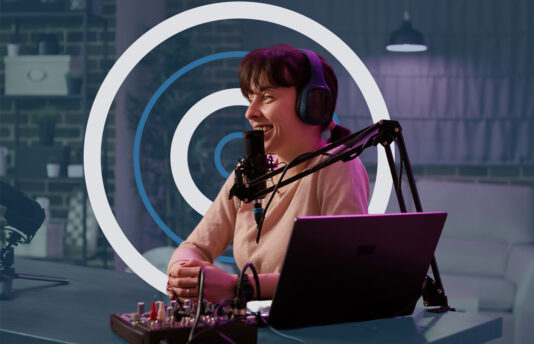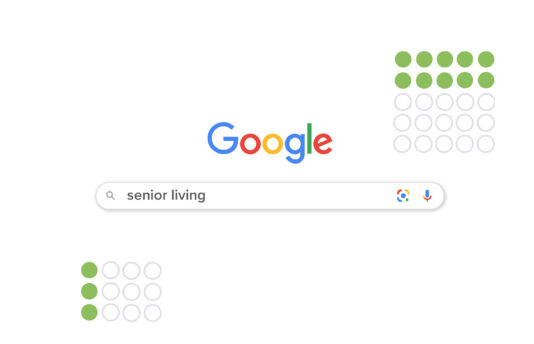As the digital revolution advanced through the past decade, ad creative took a back seat to marketing technology. We were dazzled by the tools. It wasn’t the creative that was driving digital campaigns—it was the tactics. It was knowing how to do it. The creative didn’t have to be better than the other guy because everything was new, and everyone was running to it. The industry was generating engagement simply by being where the online consumers were.
A new reality is now upon us. With the growing clutter of digital advertising, it is becoming more difficult to get noticed. Facebook and Google are getting better at playing traffic cop for the virtual world. Ad blockers are more popular. The sheer volume of display ads is making people simply ignore most of them and become very selective in granting their time and attention.
With fierce competition now under way for consumer mindshare, it is no longer enough to know how to harness the latest Google algorithm or mobile app. There is now a greater need to cut through the clutter in order to connect. Great creative is once again vitally important. For marketing to resonate with consumers, creative must regain its swagger and get its digital mojo on.
Back to the Future
An October 2017 article by Nielsen confirmed that creative is key. Combining data from over 500 studies to see which variables resulted in the best relative impact on sales—the most important business metric—Nielsen’s research revealed that great creative is responsible for 47% of sales by advertising element, making it the #1 driver of revenue.
Because of the clickability and measurability of online marketing, immediate gratification is important. We need engaging content to inform and entertain. Look at banners as the new version of the billboard. You have four seconds to get their attention, so it better be remarkable, be it an arresting graphic or short, pithy copy.
You don’t often see a TV ad or an outdoor billboard ten times a day. But the market is barraged by digital ads, so we’re creating a lot of them, and it shows. According to an August 2017 article from Forbes, Americans see, on average, anywhere from 4,000–10,000 ads each day. While this number may sound unbelievable, chances are, it will be at the higher end of the range in 2020. But it can be hard to create so many digital ads that resonate at the drop of a hat.
How Do We Fix It?
Seamless integration of creative and digital thought processes becomes key here. Although people often view right- and left-brained thinkers as opposites, the concepts of creativity and strategy are not mutually exclusive. Strategists often have to come up with creative solutions, and creatives design based on strategy. If you have the right people and establish collaboration of the two areas as the fabric of how you work, designing solutions that produce results should come naturally.
So what creative works on digital?
Evoke emotion. Be clever in a way that rewards the viewer. Don’t shout for the sake of shouting. There is uniqueness on the edges. Much of the industry is missing all of this.
Creative campaigns designed to elicit emotional responses are effective. In fact, a recent study by Nielsen found that ads with an above average rating of “emotion” resulted in a 23% sales lift over ads that were deemed “average” or “below average.” Happiness, sadness, fear, surprise. It’s not the exact nature of the reaction that is important—the emotion needs to connect to what you are selling to be memorable.
A great example of this at scale is the ongoing expression of the iconic “Just Do It” tagline at Nike. A brand that was founded on selling the concept of “inspiration” expands this beyond just a well-produced TV spot. Heavily digital in its tactics, Nike is creating meaningful micro-moments that go beyond just the latest All-Star sponsorship. Stories of inspiration are told through a very diverse cultural lens leveraging influencers, social movements and narratives from the average person.
In a June 2018 panel discussion among brand strategists at Cannes Lions, a festival dedicated to creativity, eBay’s chief marketing innovation officer for EMEA (Europe, Middle East, Africa) Dan Burdett said marketing departments are drowning in too much information.
“We’re an industry still fascinated and preoccupied with media innovation,” Burdett added. “But that seems to have come at the detriment of creative innovation…tactics are driving strategy.”
In 2020, AdWeek went so far as to create the @SuperBowlBot, a robot powered by artificial intelligence that wrote Super Bowl ad concepts based on the learnings it had been taught. While the ads aren’t perfect, it goes to show that anyone with a basic knowledge of advertising can come up with a generic ad concept—it’s the way we present it that makes the difference.
Are you still trying to find the balance between digital tactics and memorable creative? Send us an email and let’s talk.











